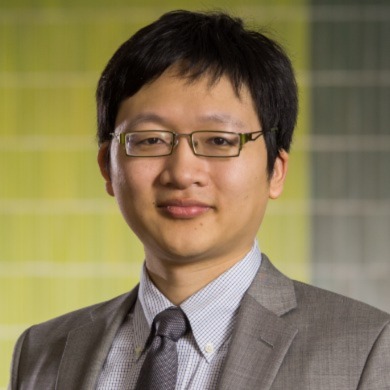
In the future, transmission grids ...

extend under the ocean

and above

power EV charging stations along highways

assimilate many more converters

use more of data and computational methods

electrify the nation with clean energy.










